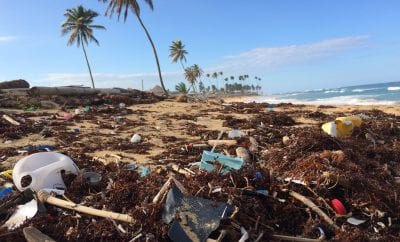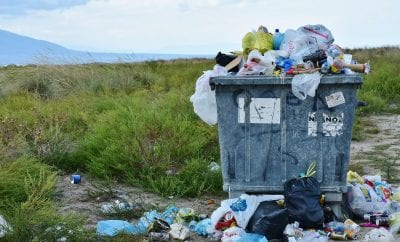
News
Beaches Across America Found to Have Unsafe Levels of Pollution
With more and more people hitting the beach this summer, recent findings of pollution levels make people think otherwise. Last year, of the 4,523 beaches tested for pollution, nearly 60% of them were found to have unsafe levels of pollutants in the water for at least one day. The report, produced by the Environment America Research & Policy Center and Frontier Group, serves as a glaring reminder that our beaches may not be as safe as we think.
The 2,620 beaches that exceeded the safe level of pollution all had bacteria that were well beyond the Environmental Protection Agency’s “Beach Action Value.” This pollution marker is recommended by the agency to be used by the states to best alert beachgoers if waters are harmful.
The high end of the scale in the report listed Inner Cabrillo Beach in Los Angeles County as being unsafe for 85 out of the 175 days sampled. Other beaches on the low end ranked in as being unsafe for 30-40 days.
The report warned that sewage and fecal contamination of areas where beachgoers often swim pose a serious threat to the public’s general health. Swimmers that come into contact with this kind of bacteria are at risk of developing respiratory disease, gastrointestinal illnesses, infections, and skin rashes.
Much of this pollution is said to be coming from urban runoff, sewage overflows, outdated and failing septic systems, and livestock manure. Over the past few decades, the number of water-borne illnesses has increased, with about 90 million occurring annually according to the Centers for Disease Control and Prevention.
Thankfully, San Diego beaches are among some of the cleanest in California, with many receiving a A+ ranking in terms of safety and levels of pollution. While beachgoers shouldn’t be afraid of taking a dip in the ocean, there are some precautions you can take to better protect yourself.
- Avoid going in the water if you have an open wound that is still healing, it may be best to avoid going in the ocean.
- Check local beaches to ensure they are safe to swim in.
- Avoid swallowing water while swimming.
- Wash your hands and feet after getting out of the water.





0 comments